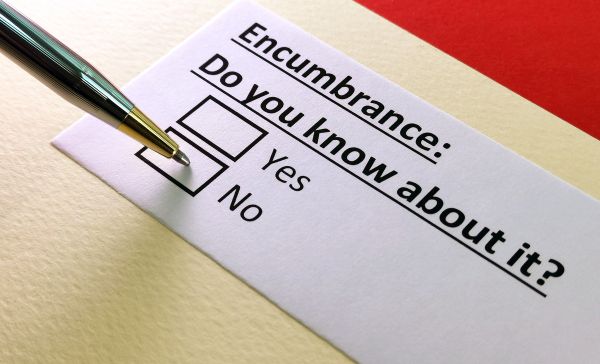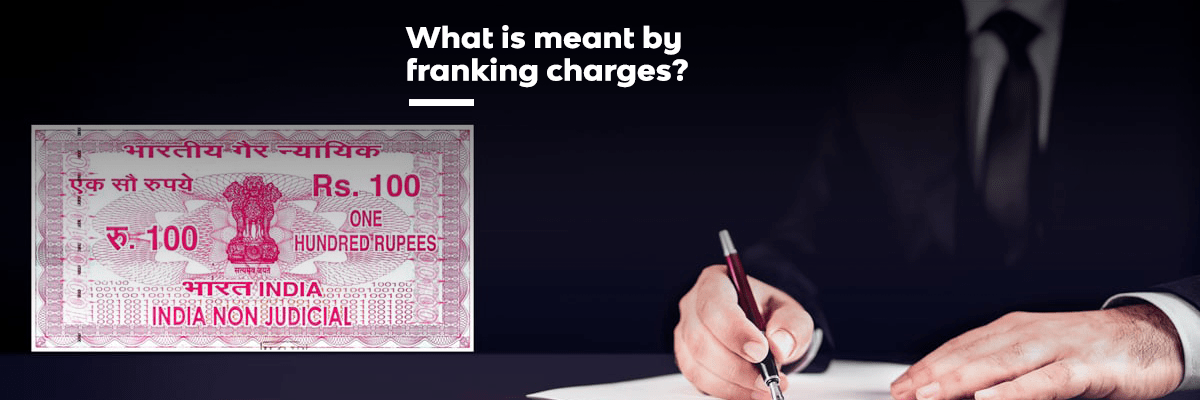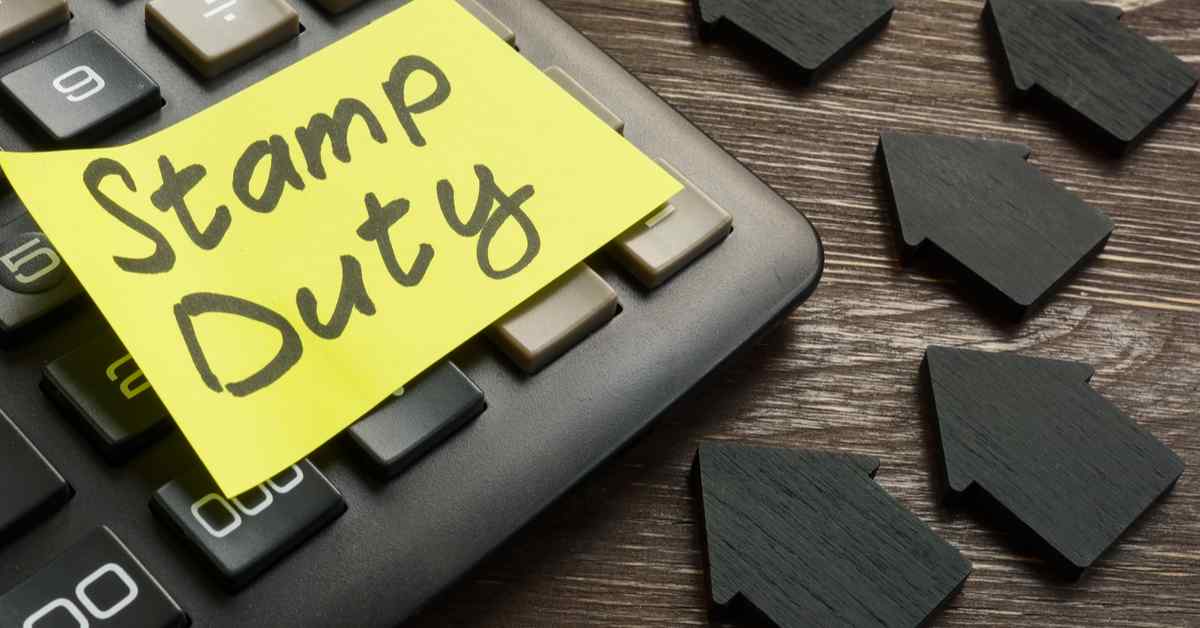Table of Contents
Quality Service Guarantee Or Painting Free

Get a rental agreement with doorstep delivery

Find the BEST deals and get unbelievable DISCOUNTS directly from builders!

5-Star rated painters, premium paints and services at the BEST PRICES!
Loved what you read? Share it with others!


Submit the Form to Unlock the Best Deals Today
Check Your Eligibility Instantly

Experience The NoBrokerHood Difference!
Set up a demo for the entire community

Tenant Super Relax Plan
Enjoy Hassle-Free Renting
 Full RM + FRM support
Full RM + FRM support Instant alerts & premium filters
Instant alerts & premium filters Rent negotiation & relocation help
Rent negotiation & relocation helpVillangam Certificate Explained - Here’s Why It’s Important to Get One
Table of Contents
When you're purchasing or selling a property, you need several documents. One of the most important documents required in dealing with property is a villangam certificate; this certificate is essential to establish that the property owned by a person is free of any financial liability, loan, or mortgage. It secures the ownership of the property. It is also known as an encumbrance certificate. The word encumbrance means a mortgage or any other claim on a property. It ensures that the property has a legal title.
Along with this, it contains the transactions made during a specific period regarding the property. If no transaction has been made, then a nil encumbrance certificate is issued for the property. You can apply for this certificate offline as well as online. The offline registration occurs in the sub-registrar office, while the online registration takes place on the official website of the registration and stamps department. You can easily access your villangam certificate by downloading it.

What does a Villangam Certificate Mean?
One of the essential legal documents which prove that you legally own the property is the villangam certificate. It is often known as an encumbrance certificate, but in Tamil Nadu, it is popularly known as a villangam certificate. It is formed when a property is registered while purchasing or selling. This certificate states that the property is free of any loan or mortgage. It is compulsory to make this certificate for property transactions. Without this certificate, you are not eligible for any other loans. Along with this, it helps you to secure your legal title over the property.
Quality Service Guarantee Or Painting Free

Get a rental agreement with doorstep delivery

Find the BEST deals and get unbelievable DISCOUNTS directly from builders!

5-Star rated painters, premium paints and services at the BEST PRICES!
How to Apply for a Villangam Certificate Online in Tamil Nadu?
A Villangam certificate is usually obtained at the sub-registrar office of the area under whose jurisdiction the property lies. But it is also available online on the official website of the registration department of the Tamil Nadu Government.
A popular question that is asked is “How to apply Villangam certificate online?” You can get your Villangam certificate online by following the given steps.
Step 1:
First, you need to log in to the registration department's official website, If you don't have an account, then you need to register yourself on the website first.
While creating an account, you will have to provide details about your identification number. This can be your PAN or driving license, etc.
Step 2:
After login or registration, you have to go to the homepage and then choose the encumbrance certificate option. After this, click on the search and apply for the encumbrance certificate.
Step 3:
Fill in the required details, which are location, survey details, time, house details, and additional information.
In the location part, you will have to provide the zone, district, and sub-registrar office of the area where the property is located.
In the time section, add the starting and ending date of the villangam certificate.
In survey details, you have to fill in the village name and the survey number, and the subdivision number.
House details include the plot number, flat, door number, wardrobe number, boundary details, build-up area, and property extent.
Additional details include old survey number, old door number, declared owner, and father’s name and any registered document that you may have.
Step 4:
After providing all the required details, click on search. Then click on the apply online option to proceed.
Step 5:
Fill in your name and contact details, and then click on the payment option. Fill in the payment details and click on the payment option. Fill in the e- payment details and choose your bank to make the payment.
Step 6:
After completing the payment process, provide your bank reference number along with the transaction details. After the officials' approval, the villangam certificate will be sent to your provided login details in the form of a QR code and get a notification SMS. You can also check your certificate's status in the request lists option under the website's encumbrance certificate option. This option comes under E-services. The application process takes around 2-3 working days for processing.

Recommended Reading

Doctrine of Adverse Possession: What It Means and How to Claim Property Rights in 2025
May 28, 2025
55851+ views

EC Online Bangalore: Importance, Documents Required and Application Process in 2025
June 1, 2025
52201+ views

How to Apply Encumbrance Certificate in Tamilnadu Online and Offline 2025
May 1, 2025
32836+ views

Encumbrance Certificate Karnataka - Online and Offline Application Process in 2025
January 2, 2025
31894+ views

Everything You Need to Know About NOCs for Property Transfer in India
January 31, 2025
27765+ views
How to Apply for a Villangam Certificate Offline
You can comfortably apply for a villangam certificate offline too. For this, you are required to submit a written application in the sub-registrar office along with the required documents. These documents include address proof, property details, and title details. You would also have to pay a registration fee. After the officials have verified the legality of the provided documents, the villangam certificate is issued within a month of applying. In addition to that, you will also get a reference number. This reference number or acknowledgement number can be used to track the status of your villangam certificate.
The steps in simplicity are as follows:
- Carry the required documents including the attested property details, address proof, title details, as well as your identifying documents to request an application for an EC
- Fill the application with the asked details and submit them at the local sub-registrar’s office along with the documents you have carried
- The authorities will take some time – around 15-20 days to go through the documents and the application to examine their legality and qualifications
- You will be then issued an Encumbrance certificate or Villangam with the all the details of the transactions (in the case of without transactions, you will get a NIL Encumbrance certificate)
After the offline process, you will be able to get the Villangam certificate downloaded from the official government website, just like everyone else.
How to Check a Villangam Certificate Online Tamil Nadu
To do a Villangam check online, all you have to do is go to the registration department’s official website. After this, click on E-services. Choose the encumbrance certificate option, and in the requests section, you can check your certificate. To search for the required area, you can follow the same steps used in the certificate’s online application.
How to Download a Villangam Certificate Online
To download a Villangam certificate, you have to visit the official web portal of the registration department of Tamil Nadu. Your EC Tamilnadu can be viewed online from the Tami Nadu Registration department portal. You have to click on the encumbrance certificate option and choose the view or download the encumbrance certificate. You can then download your Villangam certificate. You can also access it via the QR code provided to you on your registered contact after the certificate is ready.
What is a Nil Encumbrance Certificate?
A nil-encumbrance certificate is issued for a property that hasn't had any transaction in the time during which the owner applied for an encumbrance certificate. It is also published at the sub-registrar office.
It is essential to get a villangam certificate to legalize that your property doesn't carry any financial liability in the form of a bank loan. When it comes to legal matters and paperwork, you have to be especially careful. So to be on the safe side, always try to hire a professional. You can avail of these services from NoBroker without breaking a sweat. NoBroker services include legal assistance and home loans in addition to home services. With Legal services from NoBroker, you can rest easy that all the important documents will be thoroughly checked so you don’t face any loss. Click below to learn more about this service.
FAQ's
Ans. A villangam certificate is used to check the legality of the title. It is imperative while purchasing or selling a property as it verifies ownership, mortgage liability, property schedule, deed type, history of the registered transaction, registration date, allotment number, and ownership. If a property doesn't have an encumbrance certificate made, it doesn't have a marketing title, and thus it cannot be sold.
Ans. For a villangam certificate to be made, you have to make sure that the property is clear of any financial liability or mortgage. If it has any pending loans, then it is not possible to make a villangam certificate. During the registration process, you have to ensure that you have the required documents. Along with this, you have to provide accurate identification details, address, and contact number, which you would like your villangam certificate to be issued.
Ans. It would be best if you had the required documents prepared to get a villangam certificate. These documents include property sale deed/gift deed/release deed/relinquishment deed, etc. This is only needed when a deed has been made in the past. In addition to this, other documents like property registration documents and address proof are also required.
Ans. A villangam certificate or encumbrance certificate is a legal document that establishes that the property being bought or sold is free of mortgages and financial liabilities and has no loan pending. The sub-registrar is responsible for issuing a villangam certificate. In comparison, a completion certificate is a document provided by the municipal corporation or the local authorities, which approves that the building or plan has met all the required standards; this occurs after the completion of the project.
Ans. The time taken to issue a villangam certificate depends on how you applied for the certificate. In the online process, it takes about 2 to 3 days for the processing to take place. Whereas in the offline method, you have to wait for about 15-30 days to get your certificate.
Loved what you read? Share it with others!
Most Viewed Articles

Franking Charges Explained: Meaning and Benefits
January 31, 2025
1103026+ views

BBMP E-Khata Registration process for property owners in Bangalore, Karnataka in 2025
March 19, 2025
145603+ views

Supreme Court Verdict on Society Maintenance Charges
January 31, 2025
128088+ views

Revenue Stamp in India: Meaning, Types, Uses, Legal Value & Where to Buy in 2025
January 31, 2025
94461+ views

Stamp Duty and Registration Charges in Bangalore in 2025
January 23, 2025
91611+ views
Recent blogs in
Rectification Deed Charges in Andhra Pradesh: Fees, Stamp Duty, Documents & Process in 2025
June 20, 2025 by Kruthi
Rectification Deed Charges in Maharashtra: Registration, Fees, Documents and Stamp Duty in 2025
June 20, 2025 by Kruthi
Rectification Deed Charges in Telangana: Regiteration, Fees, Documents and Stamp Duty in 2025
June 20, 2025 by Kruthi





Join the conversation!